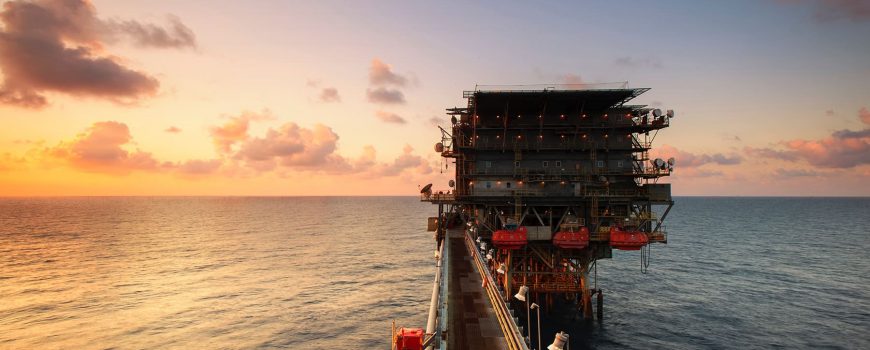)
A year ago, at the World Economic Forum in Davos, Switzerland there was a very somber energy vibrating from Russian representatives. Oil prices were near a twelve year low below $30/barrel, and fresh sanctions (over Russia’s actions in Ukraine) from the West lead by America were crippling their economy and financial markets. To combat this phenomenon, Dmitriev (an influential executive with close ties to the Russian government) met with Saudi oil representatives to strike a deal with OPEC to cut oil production to boost prices. It ultimately worked out as planned, and since then stock and bond markets are up by a whopping 50%, based in part on oil bouncing back and higher consumer confidence based on the mutual respect and desire to work together, Donald Trump and Vladimir Putin have publicly displayed toward one another.
Russian government officials and some of the country’s leading executives attended the Swiss meeting between political and business globalist elites were much more upbeat and bullish on growth prospects this time around, with most predicting the market rally to continue. According to Andrei Guryev, CEO of the Russian fertilizer giant PhosAgro, “Today our western counter-parties – bankers and investors – can talk freely again about investments in Russia.” Though Russia’s financial markets are still in the early stages of the recovery, the indicators are pointing towards a robust one. Oil – Russia’s primary export – is back above $50/barrel, and manufacturing is quickly accelerating.
In addition to the internal signs of progress, Trump has already promised improving ties with Russia will be a top priority for him, going as far as offering to end sanctions over the annexation of Crimea in return for a nuclear reduction deal with Moscow. The reopening of capital markets through the end of those sanctions, could stimulate local business, allow the central bank to cut interest rates and provide an additional spark to Russia’s GDP growth. The lifting of sanctions and improving economy could easily benefit American business too – as it provides an extra market for American companies to market their products – a very large one.
Investment banks such as Deutsche Bank, Goldman Sachs, UBS, JP Morgan, Rabobank and Bank of America Merrill Lynch, among others all have Russia moving into the growth phase, indicating a good investment opportunity assuming sanctions fade away thanks to Putin and Trump working together. Bond investors are looking at the situation especially favorably because if the central bank lowers interest rates (as it’s claimed it plans to do) Russia could also see lower inflation.
Recent comments from president elect Trump about the dollar being too strong adds to Russia’s case in having better bond investment prospects Igor Bulantsev, head of the investment banking arm at state lender Sberbank, reiterated that sentiment directly to Reuters, “I see that foreign investors are ready again to buy the Russian risk. This year, we will see new portfolio investors…. Investment will also be flowing into the rouble bond market…”. Internal corporate earnings are up – recently passing their running 10-year average for the first time since 2012. Analysts have been predicting corporate earnings in Russia will even grow at a faster pace than oil prices. The major risk being Russia scoring poorly on all measures of corruption and transparency, and the geopolitical risk factor – Russia potentially getting involved in additional wars has the potential to stifle growth.

